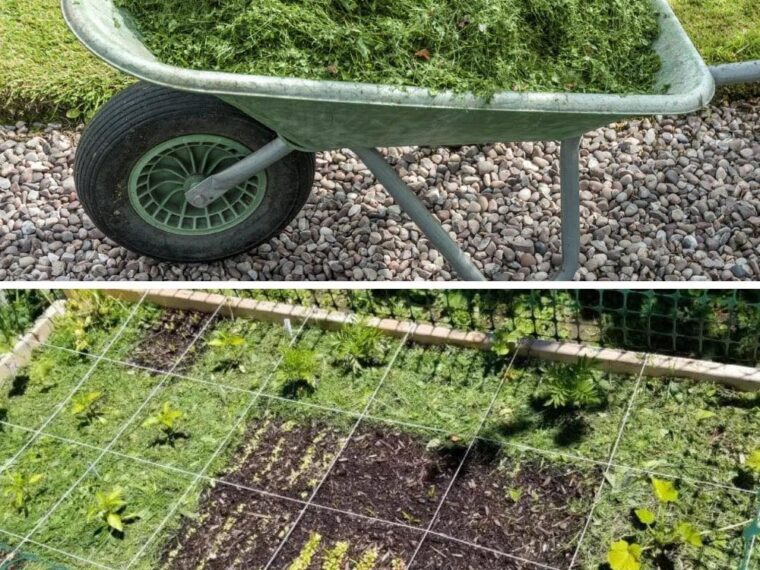Far from being mere waste, these clippings can be repurposed in a variety of ways to enhance soil health, support plant growth, and even manage garden pests.
Grass clippings, commonly regarded as a byproduct of lawn maintenance, hold untapped potential that can significantly contribute to a garden’s ecosystem.
Far from being mere waste, these clippings can be repurposed in a variety of ways to enhance soil health, support plant growth, and even manage garden pests.
This sustainable approach not only recycles nutrients back into the garden but also reduces waste, embodying principles of eco-friendly gardening.
This comprehensive guide explores the multifaceted uses of grass clippings in the garden, offering practical advice on how to harness their benefits effectively.
Enhancing Soil Health and Plant Growth
1. Grass Clippings as Natural Mulch
Utilizing grass clippings as mulch is a straightforward yet highly effective method to suppress weeds, retain soil moisture, and regulate soil temperature.
This natural barrier can prevent weed seeds from germinating and reduce water loss due to evaporation, thus maintaining a more consistent soil moisture level.
As the clippings decompose, they release nitrogen and other essential nutrients, providing a slow-release fertilizer that nourishes plants over time.
To avoid issues with matting, it’s crucial to spread the clippings in thin layers and allow them to dry slightly before adding more.
2. Composting Grass Clippings
Grass clippings are an excellent “green” addition to the compost pile, offering a rich source of nitrogen that helps to balance the carbon-rich “brown” materials like leaves, straw, or shredded paper.
This balance is vital for maintaining a healthy composting process, encouraging the proliferation of beneficial microorganisms that break down organic matter.
To prevent the compost from becoming overly wet and anaerobic, it’s important to mix the clippings well with brown materials and turn the pile regularly to ensure proper aeration.
3. Soil Amendment with Grass Clippings
Incorporating grass clippings directly into the soil can significantly improve soil structure, particularly in sandy soils that struggle with nutrient and water retention.
This practice increases the organic matter content, enhancing the soil’s ability to hold moisture and nutrients, which, in turn, supports more robust plant growth.
Additionally, the presence of organic matter encourages the activity of earthworms and beneficial microbes, further enriching the soil.
Nutrient Recycling and Pest Management
continue reading in page 2




